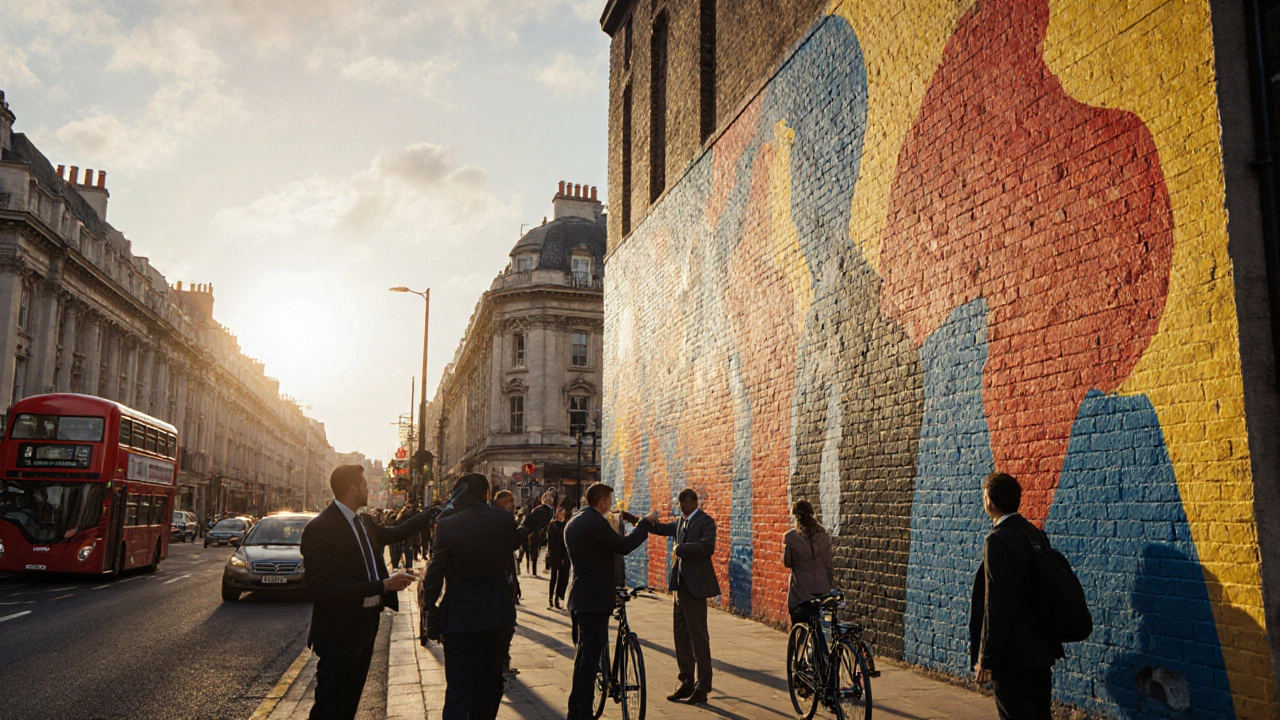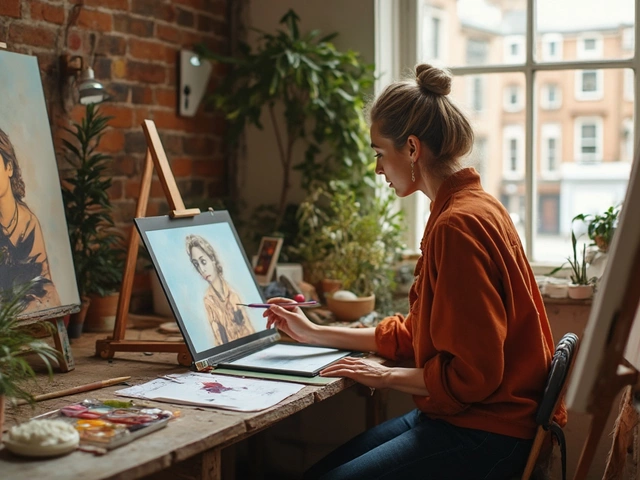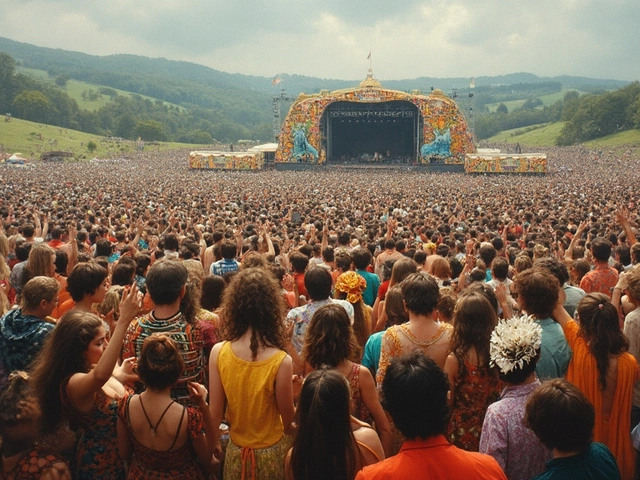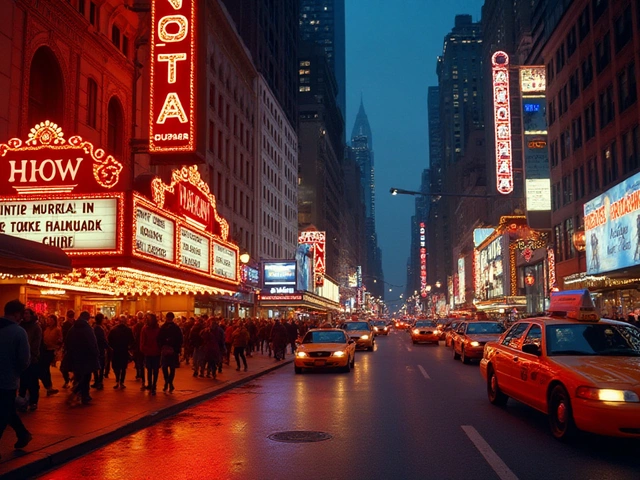Graffiti Meaning: What It Is and Why It Matters
When exploring graffiti meaning, the study of how letters, images, and colors communicate messages on public surfaces. Also known as urban visual language, it gives a voice to neighborhoods that might otherwise be ignored. The same canvas that holds a simple tag can hold a political statement, a tribute, or a coded joke that only insiders get. Understanding this language means looking beyond the paint splash and asking who made it, when, and what they wanted the city to hear. It’s a mix of art, sociology, and a bit of detective work, all rolled into one colorful package.
How Graffiti Connects with Street Art, Symbolism and Urban Culture
Graffiti meaning doesn’t exist in a vacuum; it lives inside street art, large‑scale public works that blend aesthetic expression with social commentary and the broader urban culture, the lifestyle, attitudes and histories that shape city neighborhoods. When a crew adds a stylized logo to a train car, they’re not just marking territory – they’re tapping into a shared visual symbolism, use of visual signs to hint at broader ideas, emotions or cultural references that resonates with locals. A skull might signal danger, a crown could claim respect, while a simple arrow can point to a movement’s next step. Even the choice of color – bright neon versus muted earth tones – tells a story about the artist’s mood or the community’s vibe. Tags, throw‑ups, pieces and murals each follow a rough hierarchy, but all rely on the same core idea: visual shorthand that lets strangers read a moment in the city’s life.
So how do you start decoding? First, notice the style: is it a quick tag, a bubble letter piece, or a detailed mural? Next, look for recurring motifs – hearts, crowns, eyes – and ask yourself what they represent in the local scene. Talk to nearby shop owners or follow local art groups on social media; they often share the back‑story of a fresh piece. Many cities publish graffiti maps that highlight historically significant works, which can be a treasure trove for newbies. Below you’ll find a curated list of articles that walk you through sketching inside galleries, turning paintings into digital prints, making money with digital art, and even the rules behind abstract expression – all useful lenses for interpreting graffiti meaning in context. Dive in, and you’ll soon see the walls around you as a living gallery full of stories waiting to be read.

Explore the core purpose of street art, its social impact, legal aspects, and how artists measure success, all with real examples and practical tips.





